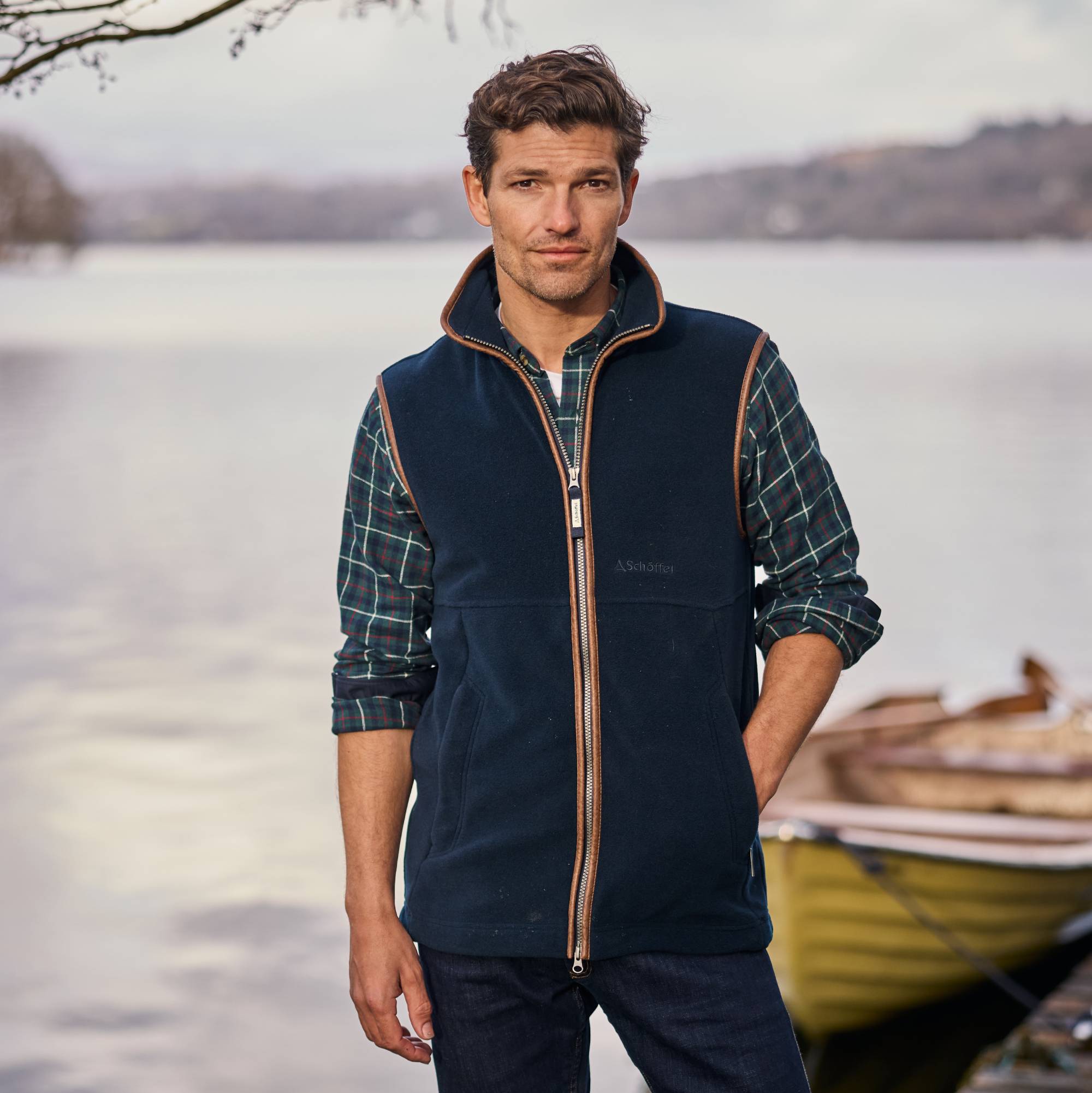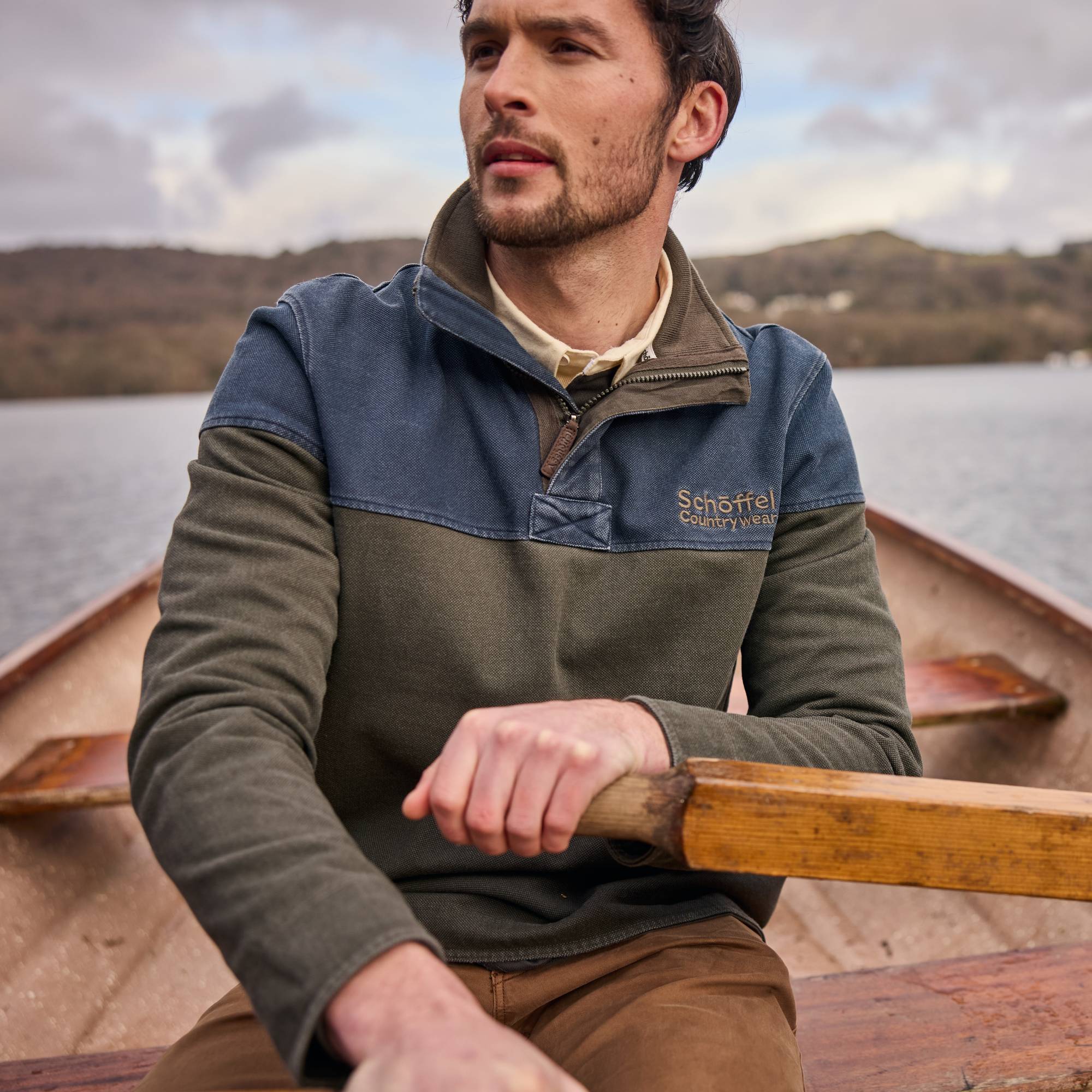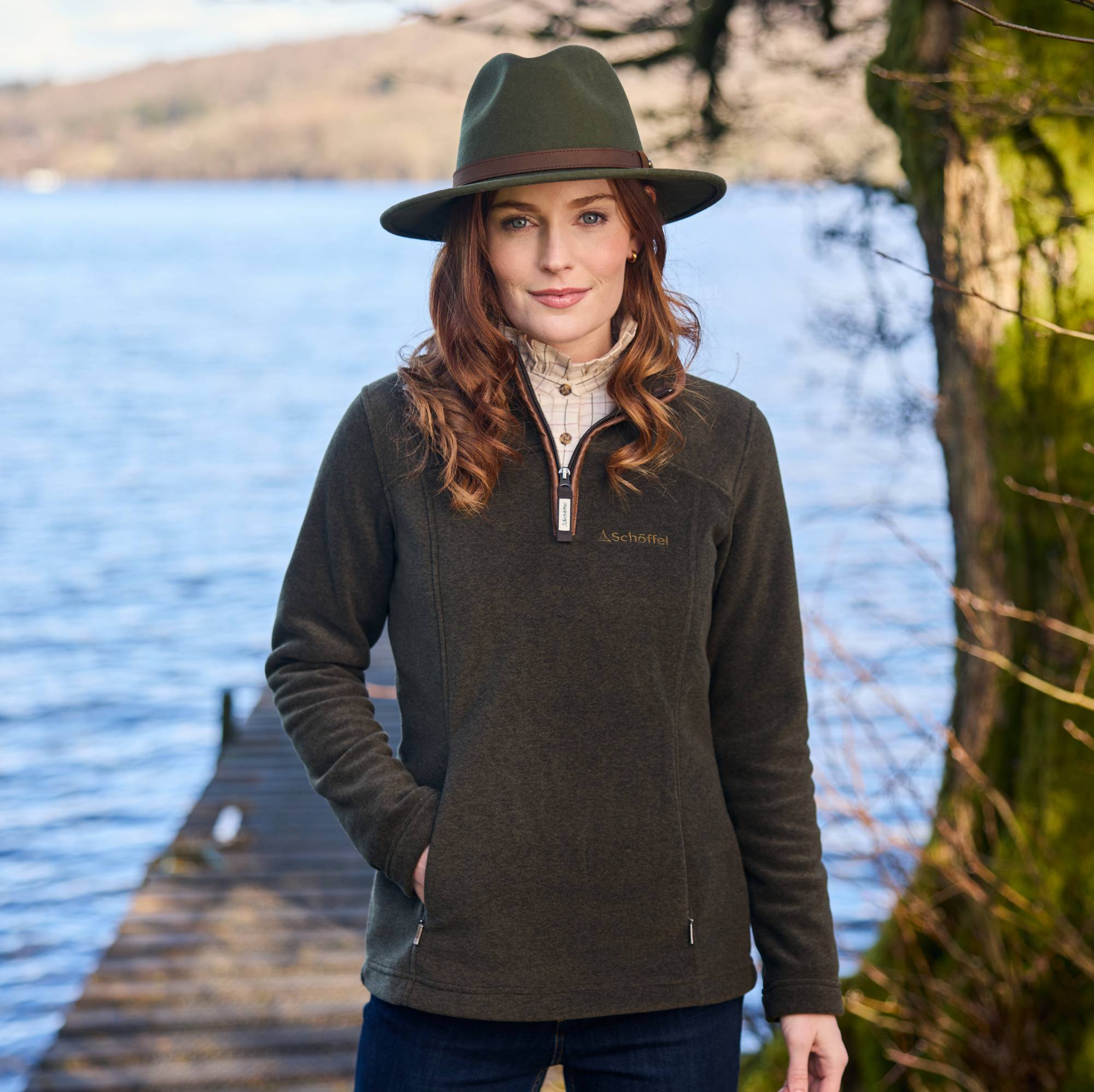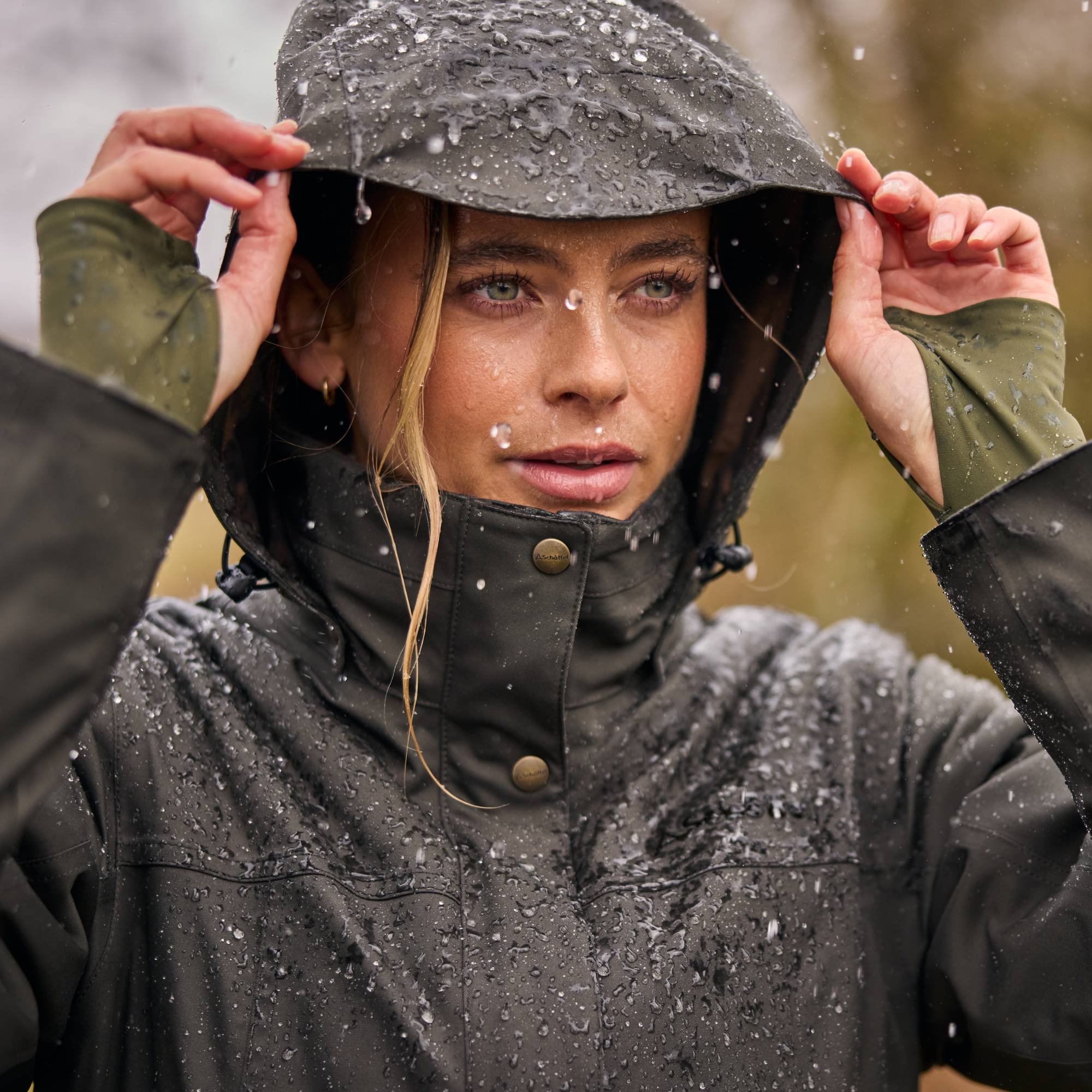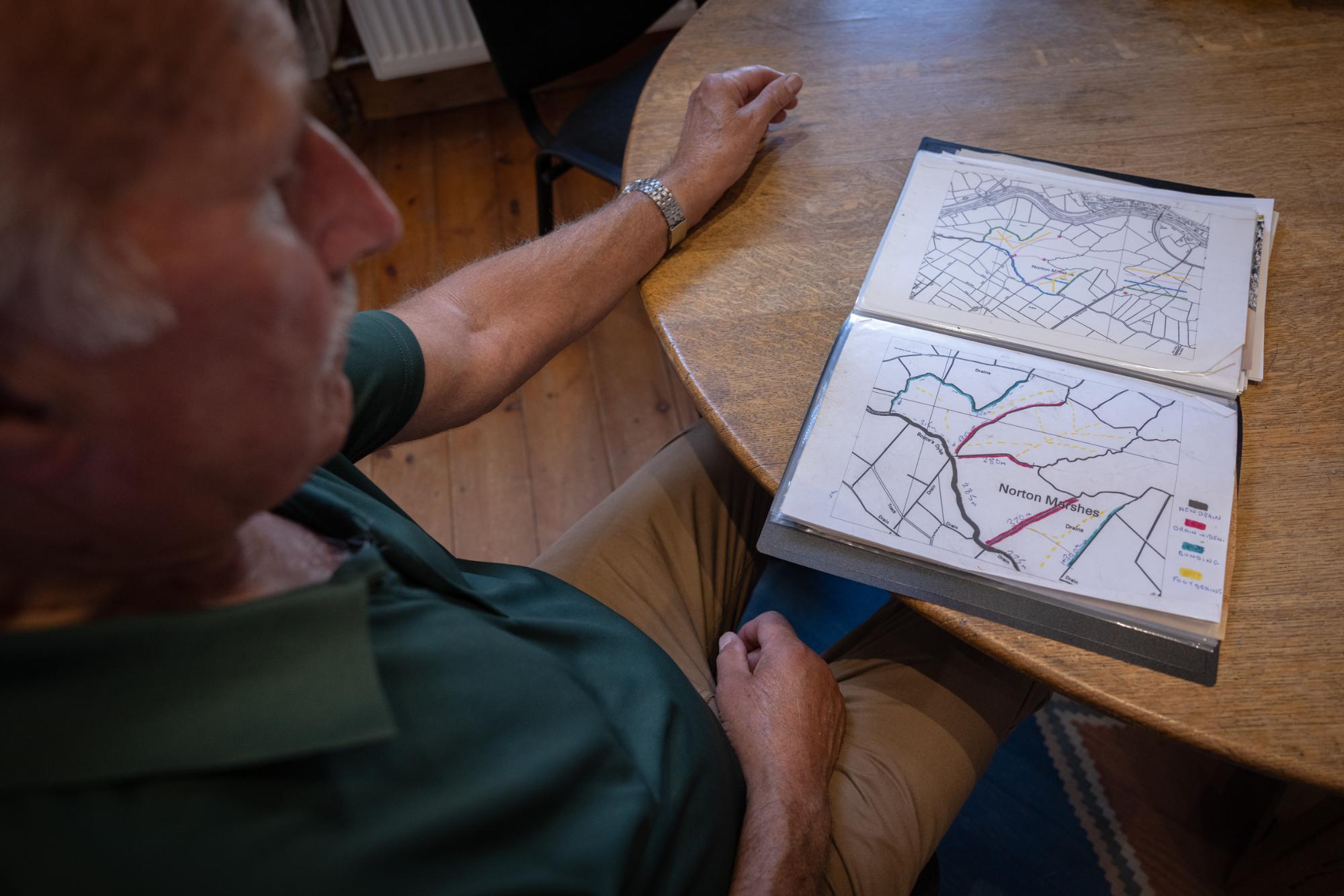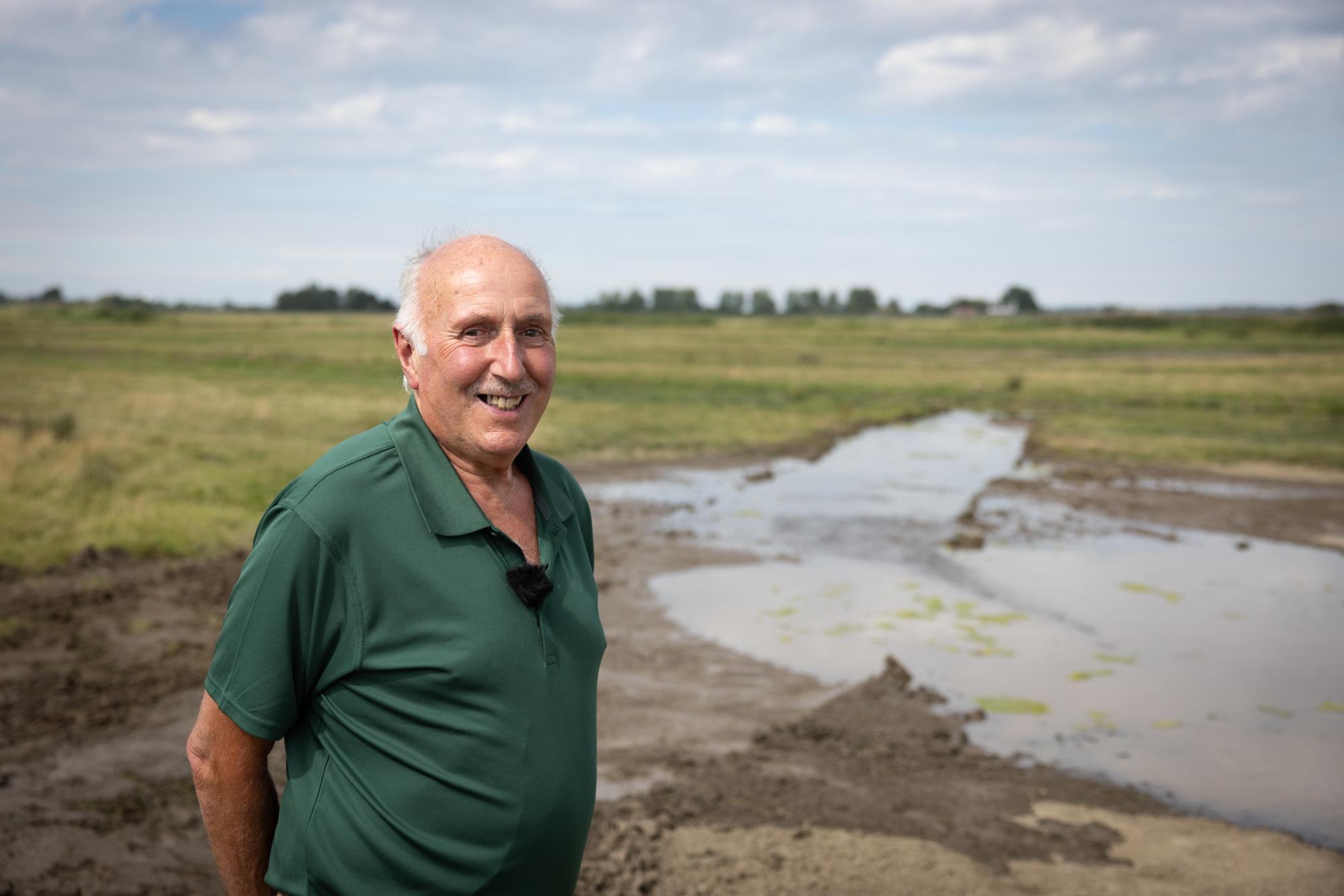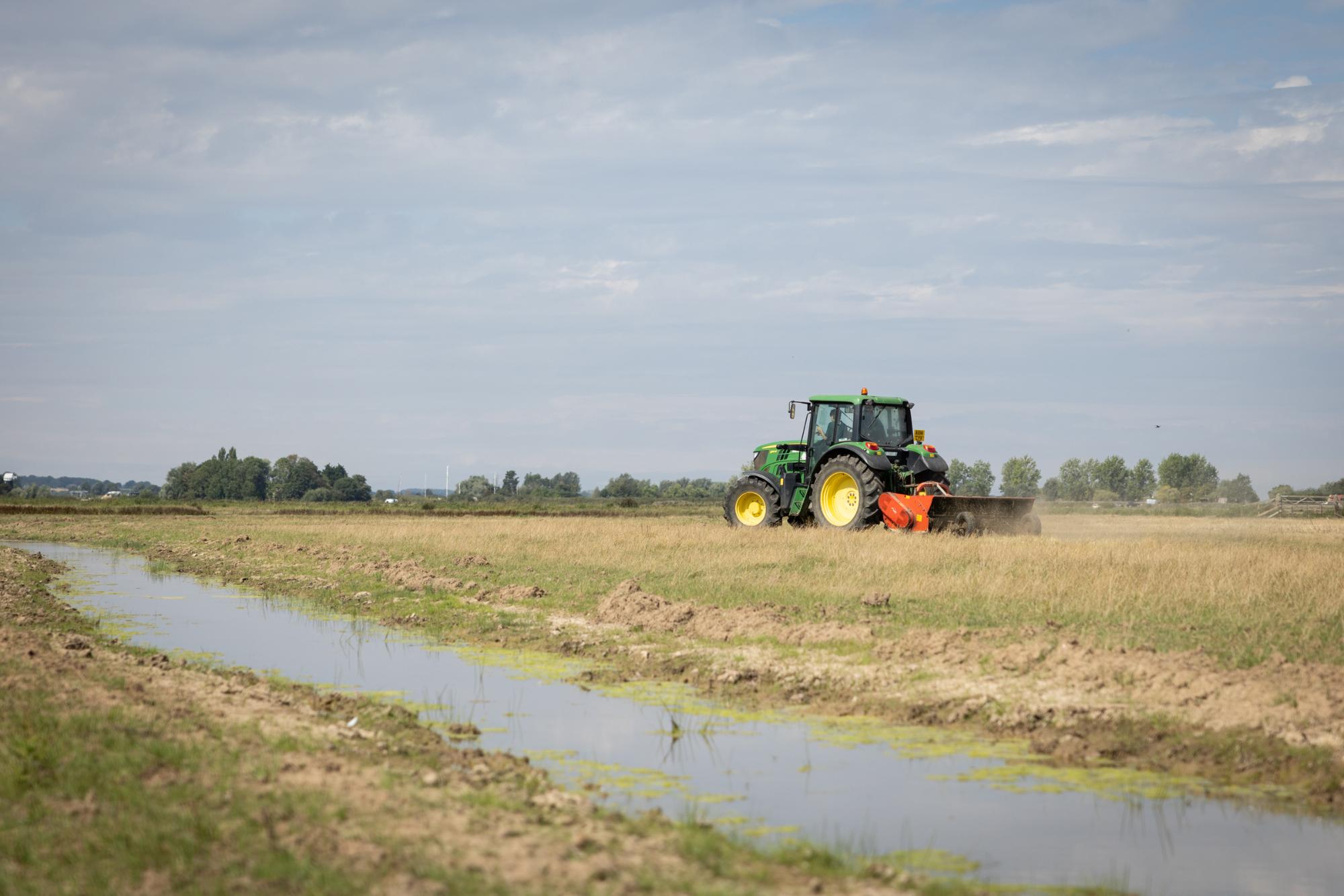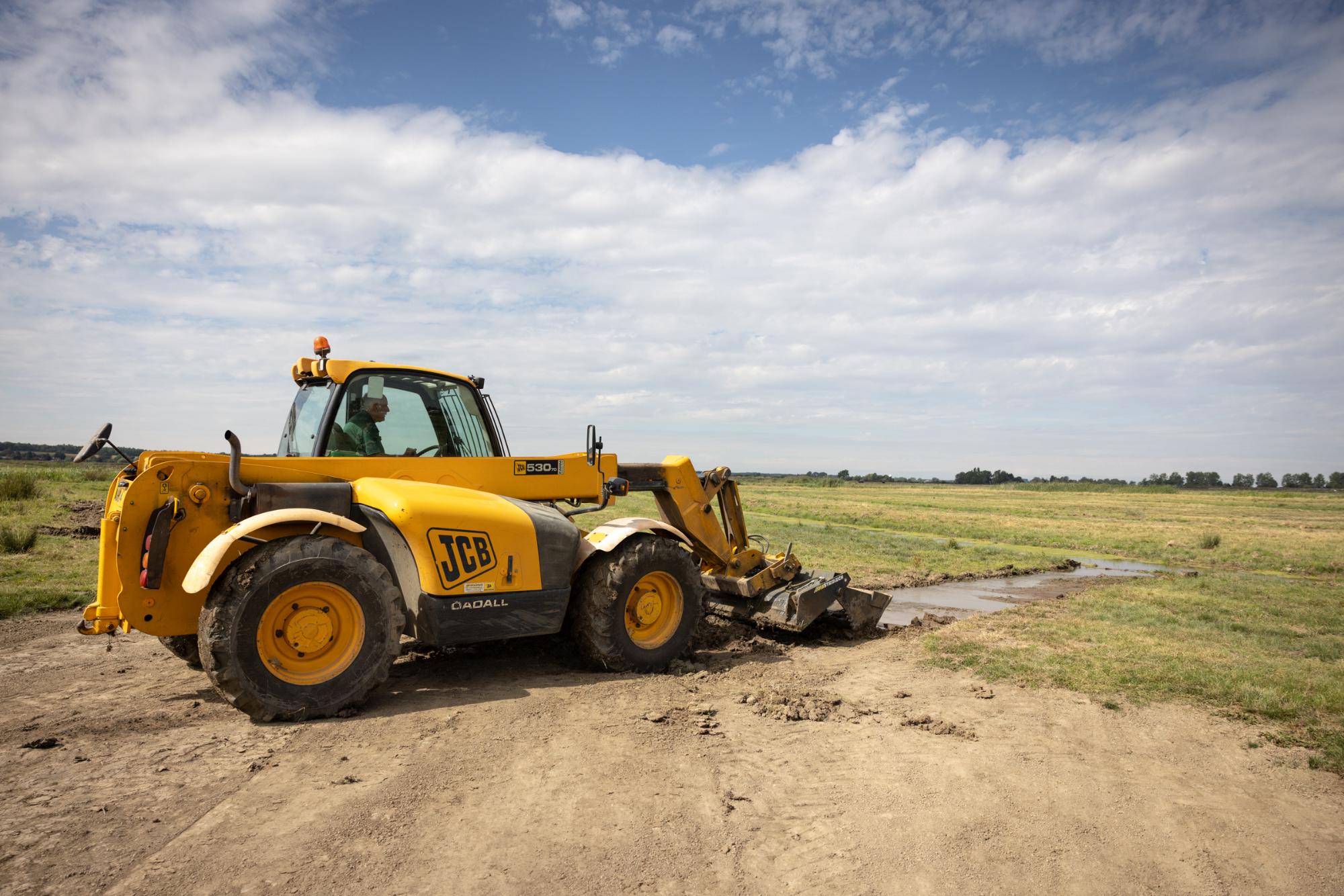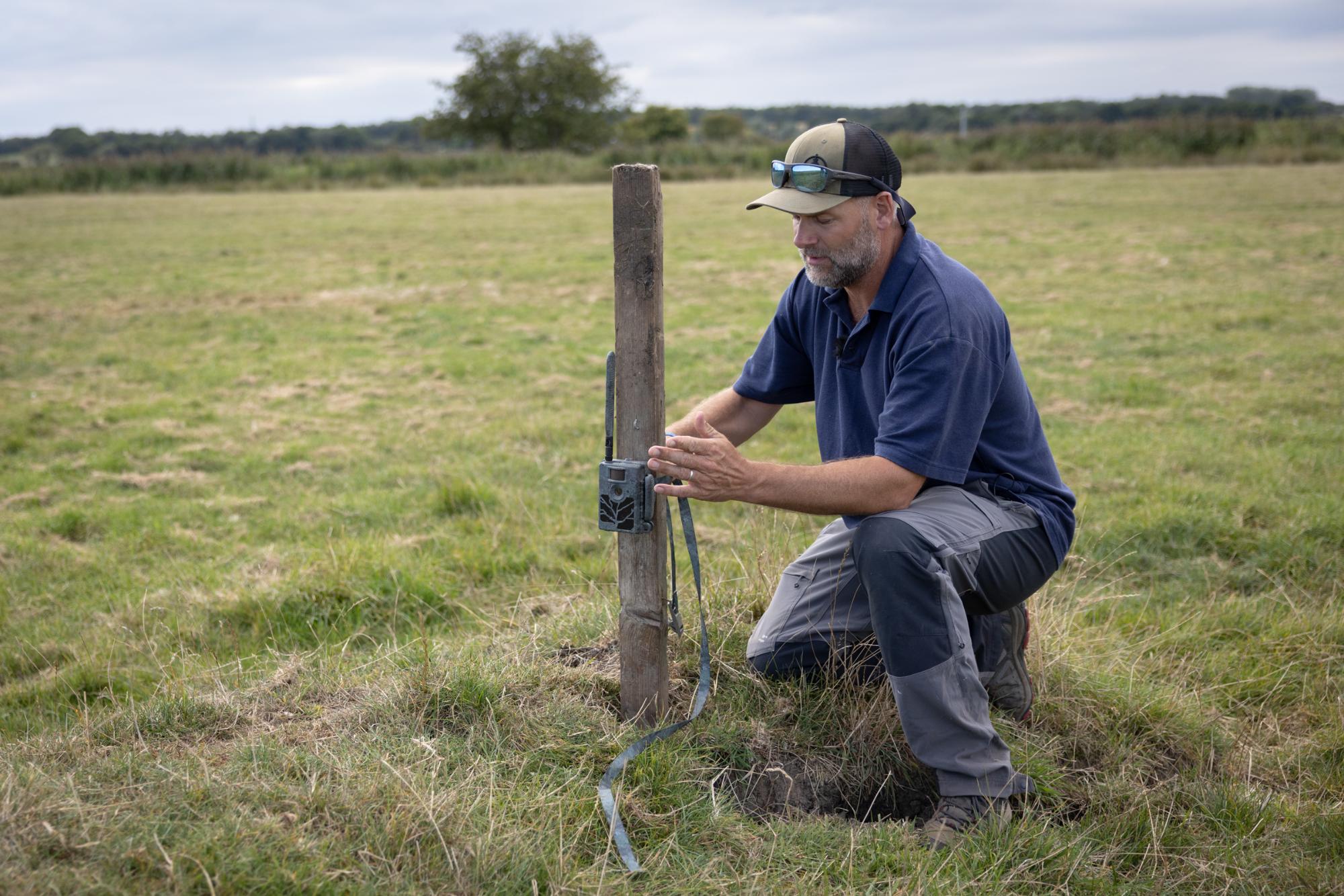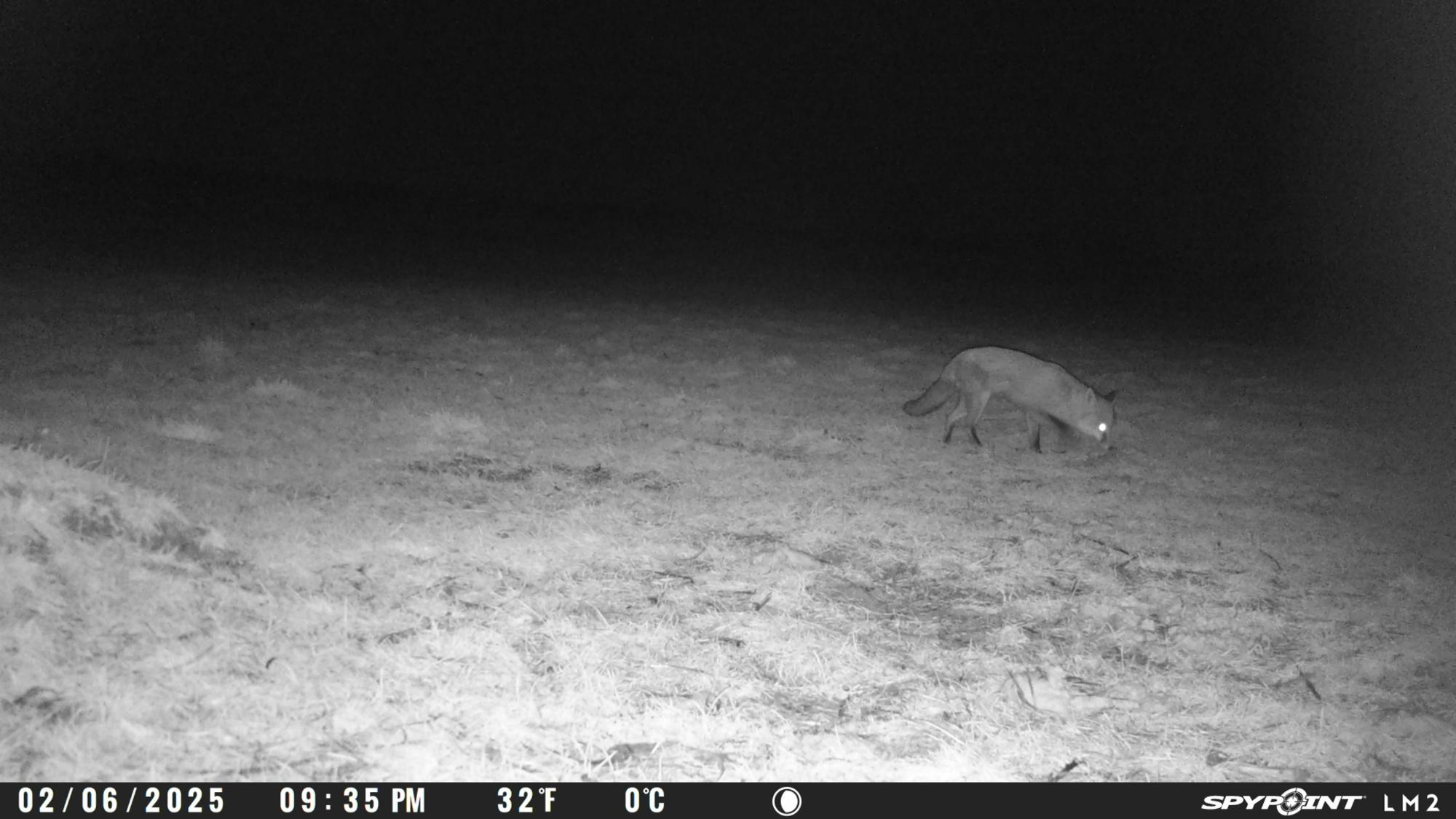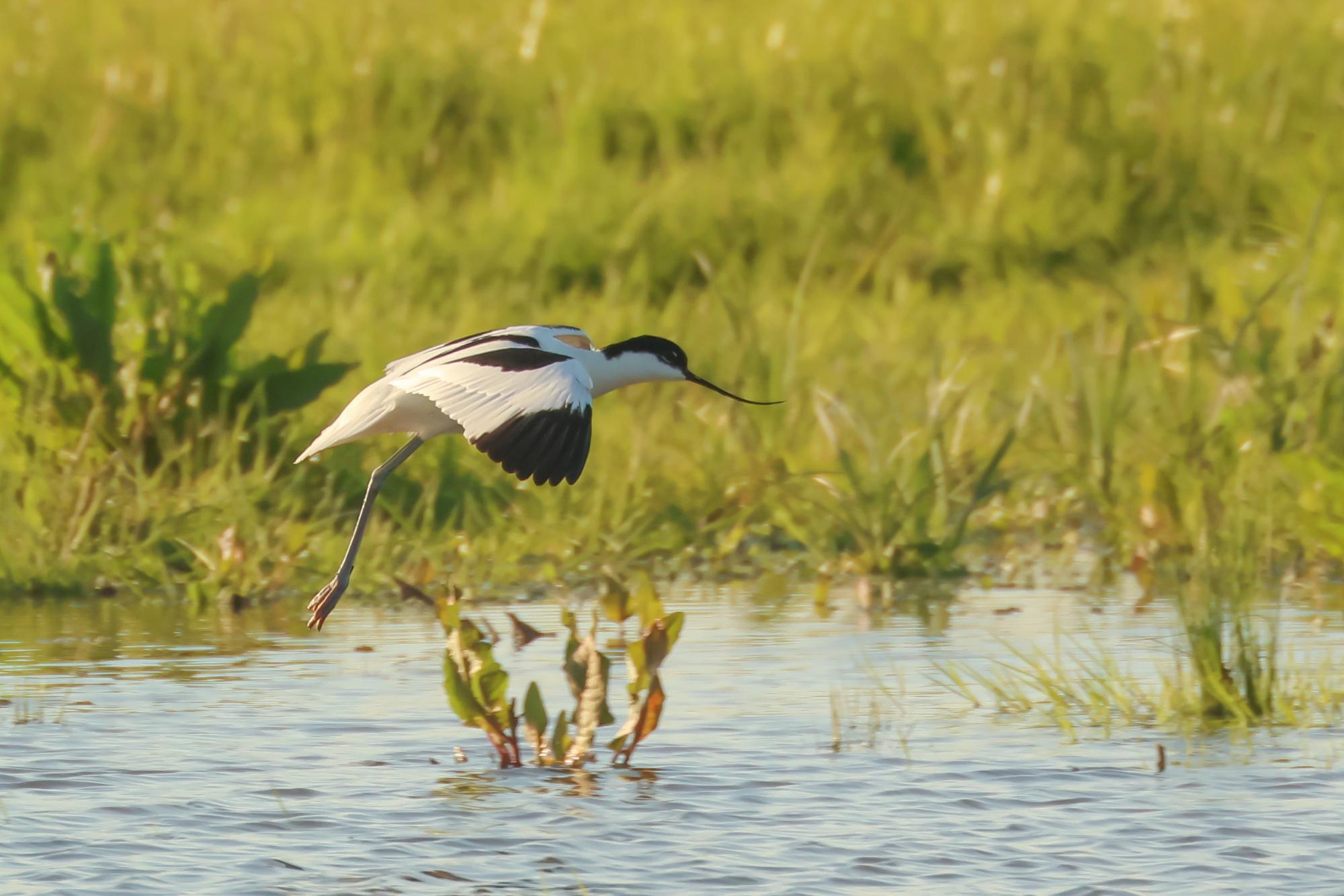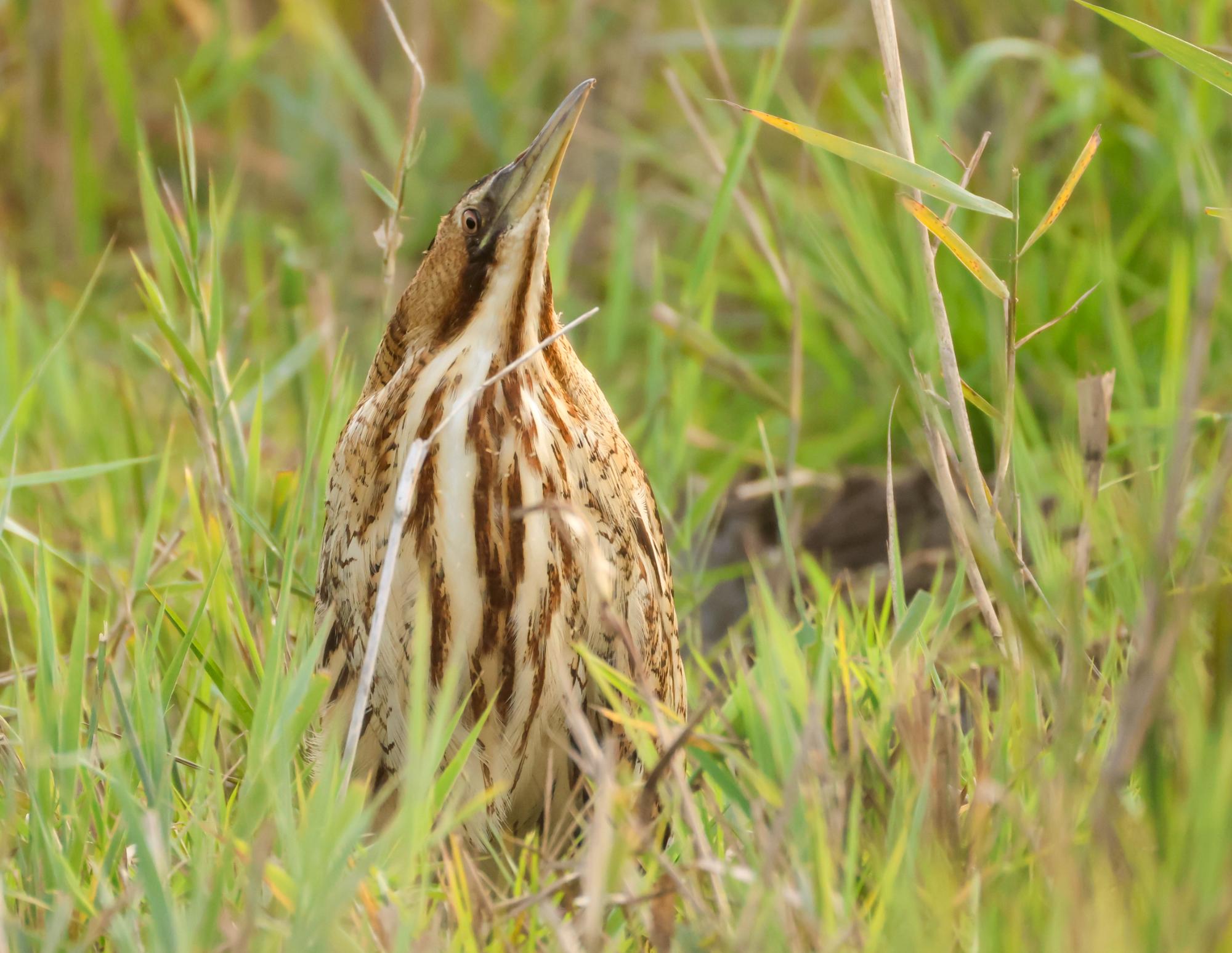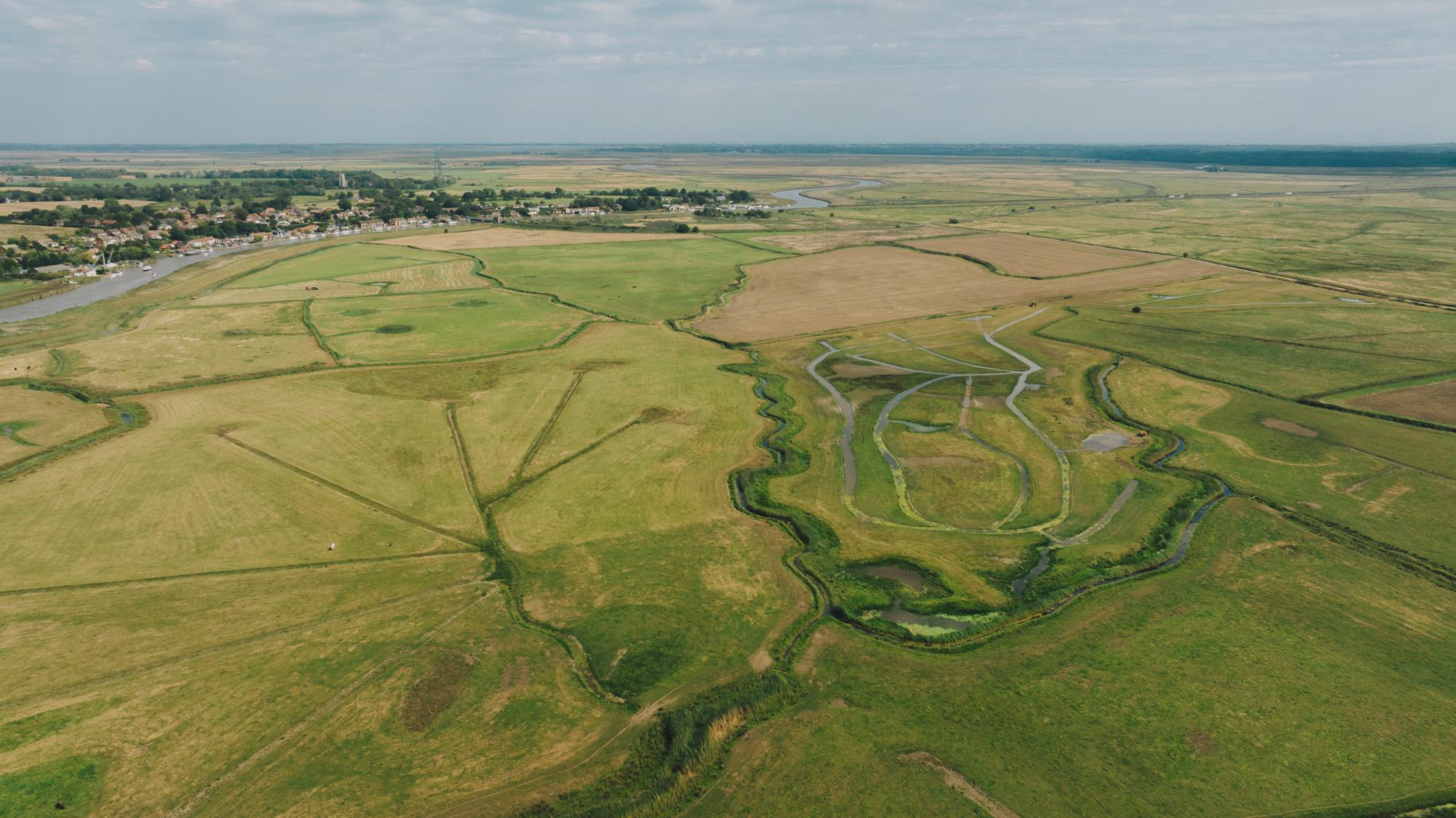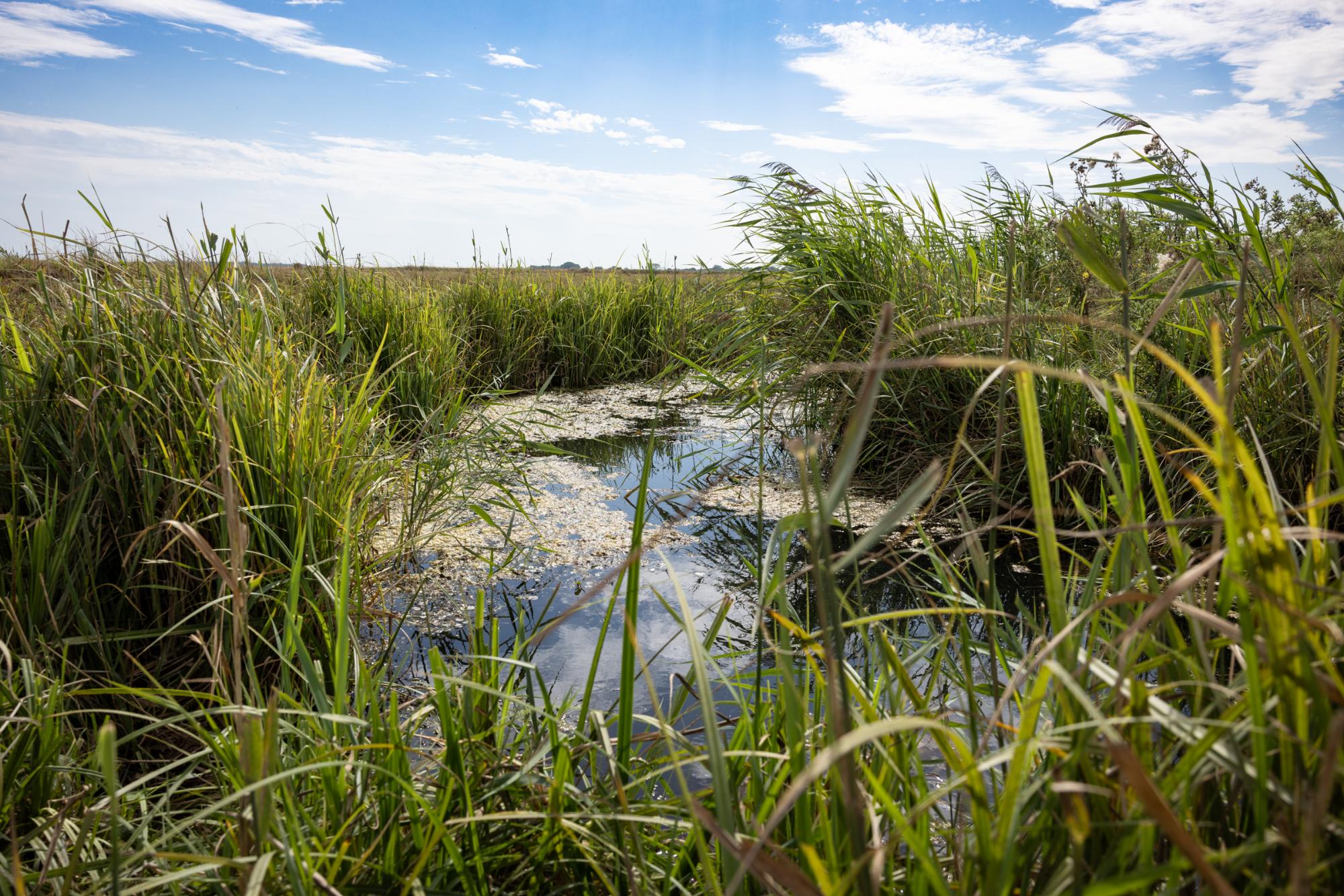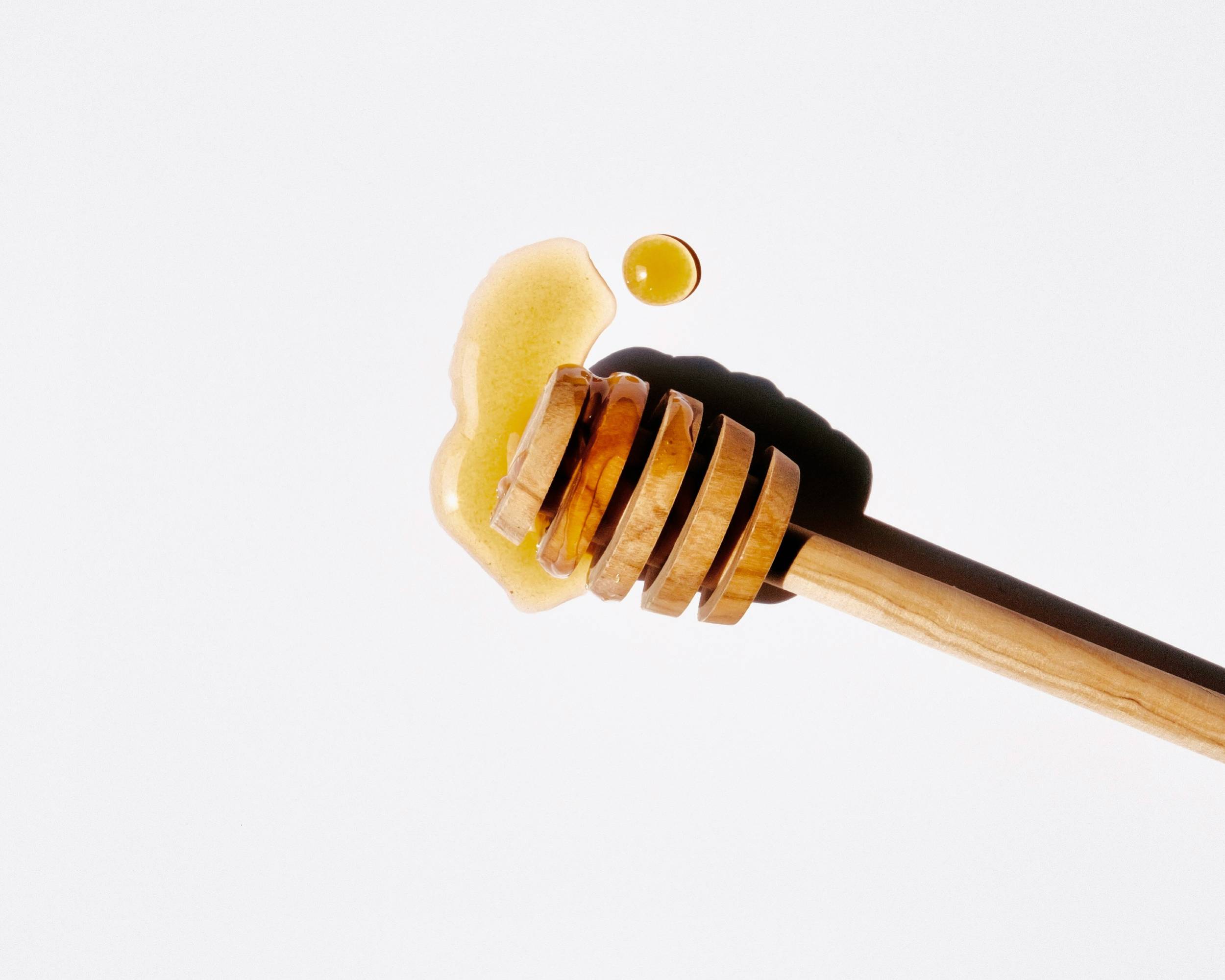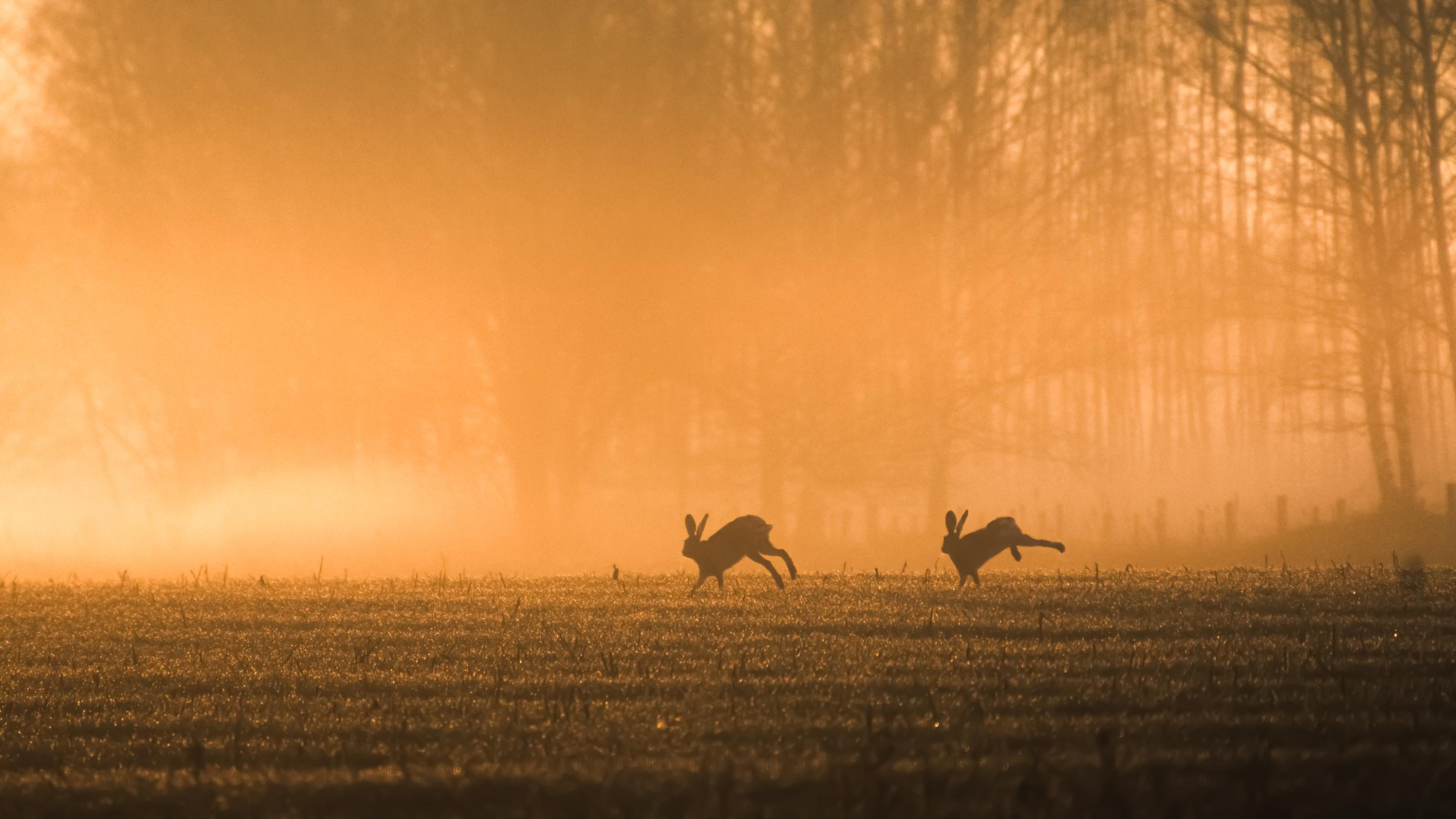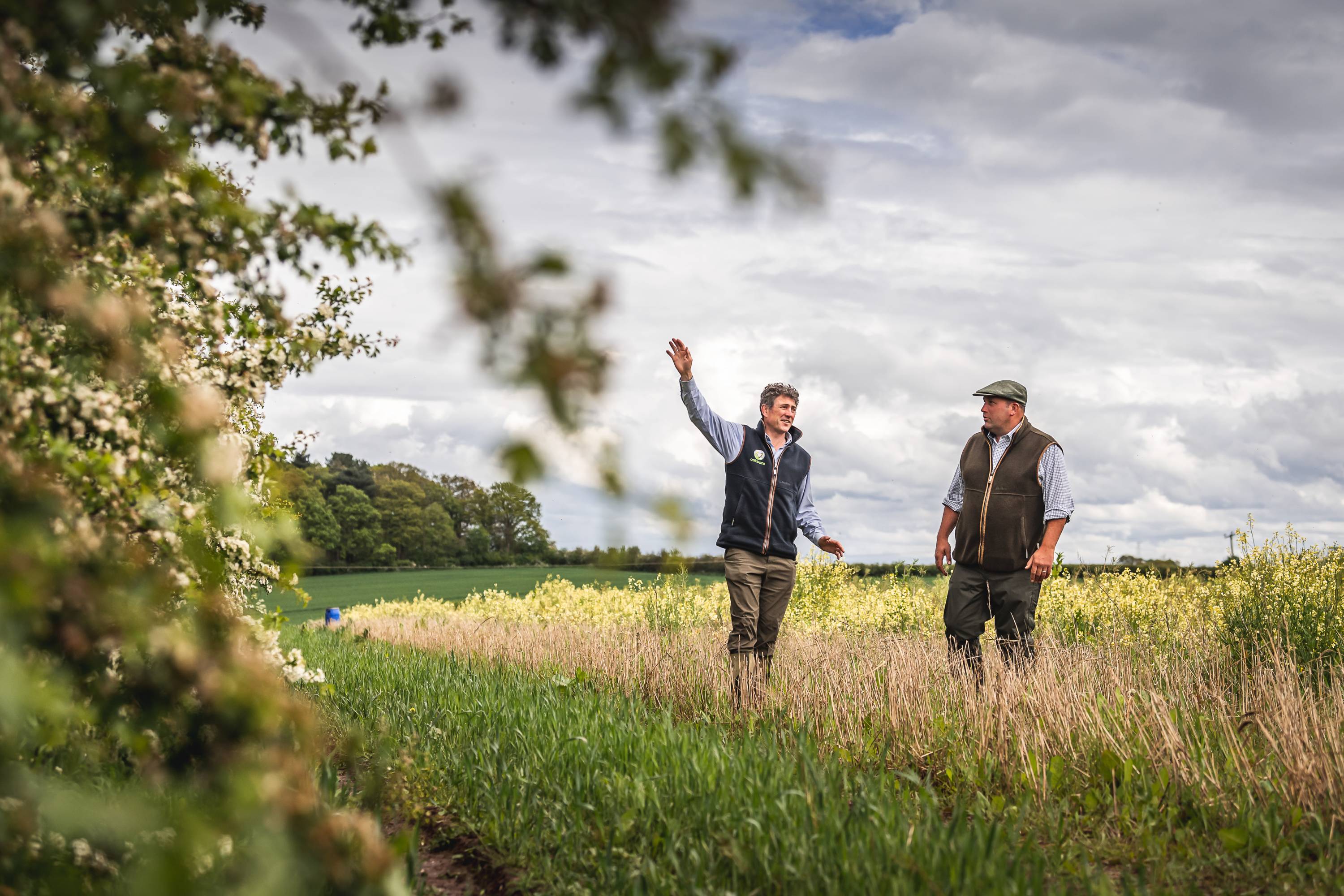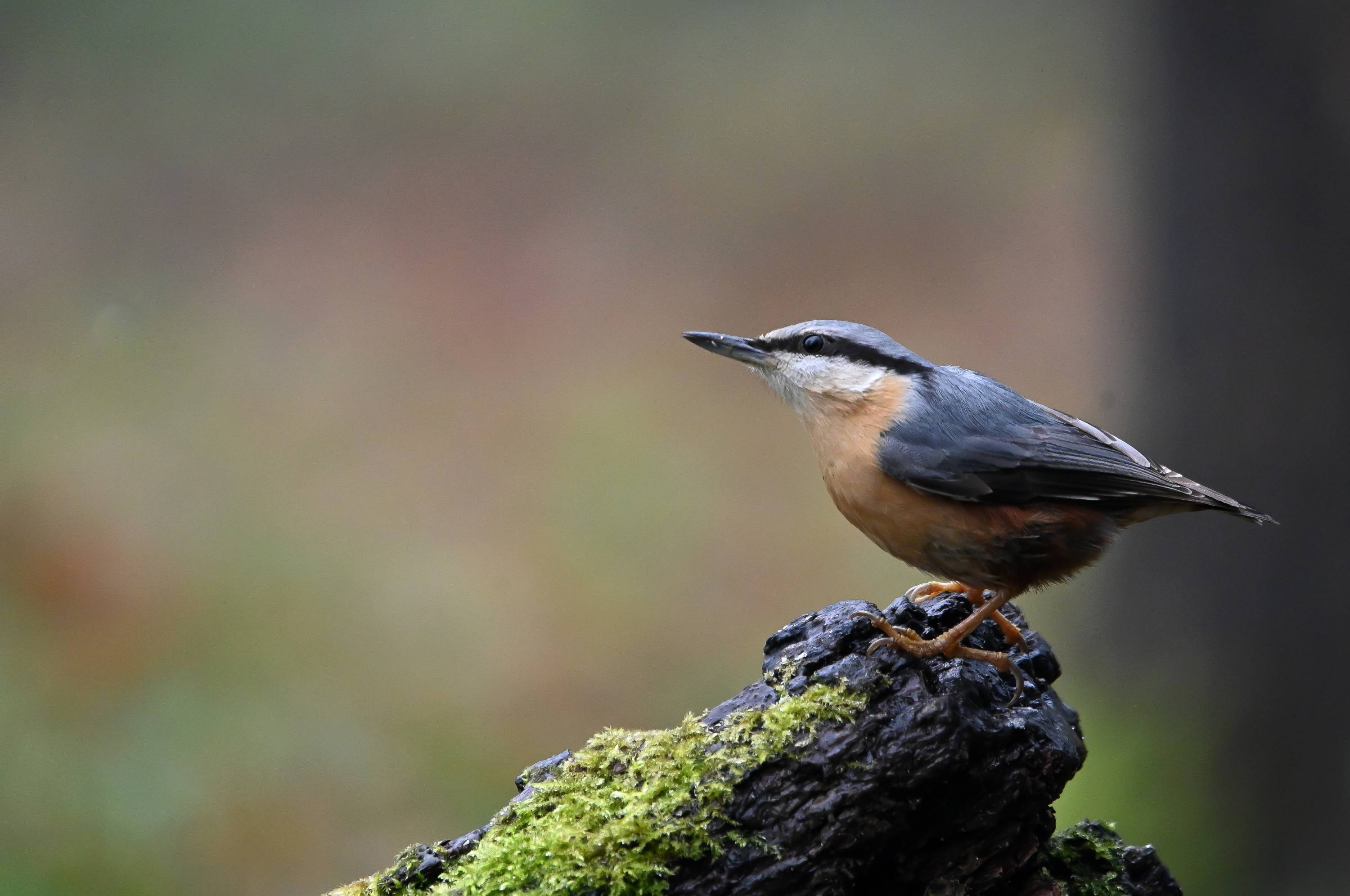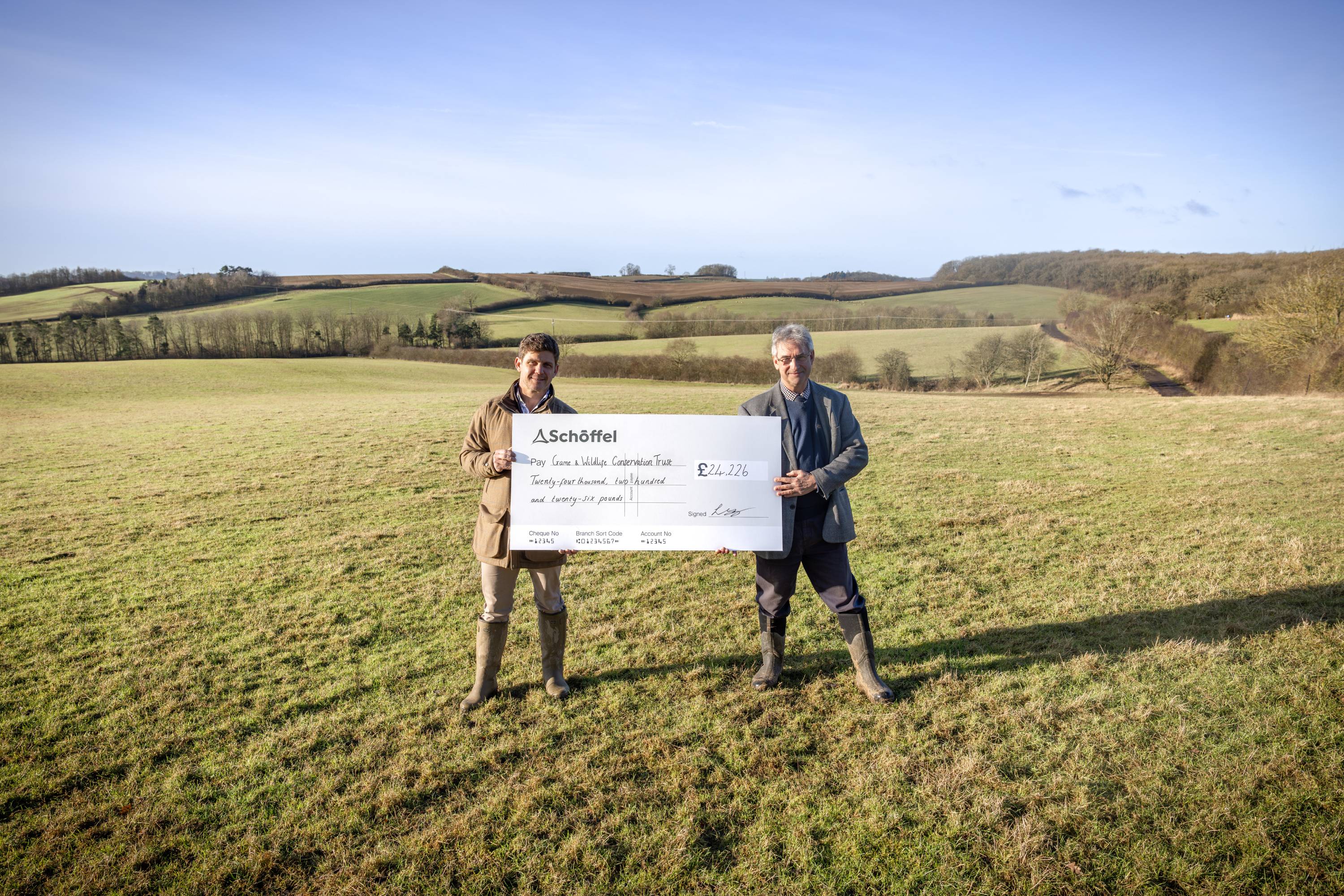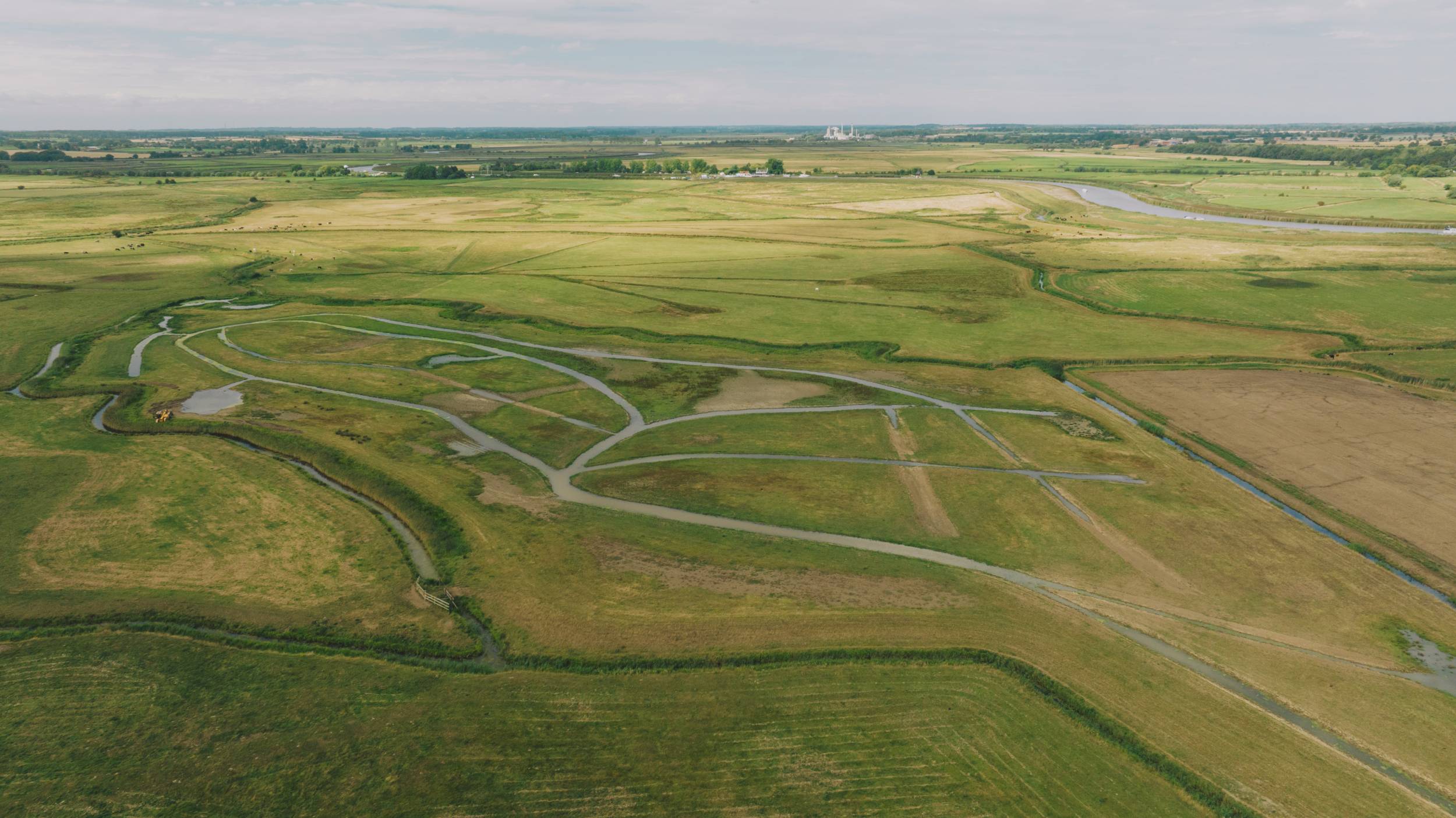
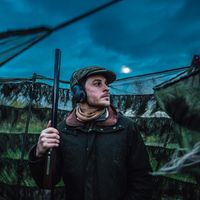
The unsung heroes of the countryside | Episode 2: Norton Marshes
Join us as we visit Norton Marshes, a remarkable wetland project on the Raveningham Estate in Norfolk, and one of our finalists in the Wetland & Watercourse Conservation category of this year’s Schöffel Countryside Awards.
“In spring, the place is just alive... If I answer the phone on the marsh, everyone will know where I am because of the noise.”
Mark Hambling sat in the dappled shade of a large lime tree in the Raveningham Estate gardens, a folder of maps, photos and records in his lap.
Now in his 52nd year on the estate, he’s seen a great deal of change across its many habitat types. But his pride and joy is Norton Marshes – the 125-acre wetland project in the Yare Valley that has been under his watch since the early 2000s, when it was reverted from arable land back to how he knew it as a young man.
“It used to be a saltmarsh,” Mark explained. “But in the 70s, spurred on by government grants, deep land drains were dug to make it fit for growing cereals.”
For the following 25 years, Mark would visit the area with ploughs, muck spreaders, and combine harvesters. Tonnes per acre, rather than pairs per acre, were the metric of success. And then things changed...
“Sir Nicholas was very keen to see it turned back to what it was when he was a boy,” Mark continued. “Back then the cows grazed the marshes in the summer, sometimes we’d make silage, and it attracted plenty of wildfowl in the winter.”
Creating a wetland oasis
Mark’s intimate knowledge of the land would serve him well as he set out to help plan the transition. “I knew where the wetter parts of ground were, and where there was more clay or peat, which is very important when deciding where scrapes should be sited,” he expanded.
A great deal of experimentation ensued, and with the help of a teleporter and a digger, Mark soon worked out that the area would flood and hold water. Then the real work started. The plans in Mark’s head were transferred to paper, and a contractor with a digger followed the pencil-sketch map with his bucket until completion.
“We dug 20 different scrapes, about six kilometres of foot drains, and reprofiled the edge of every dyke to stop water running away too quickly,” Mark described as he flicked through a few old photos in his folder. “We blocked drains to stop water run-off, too. Much to our surprise, the reedbeds, absent for nearly three decades, came back in no time.”
‘In fact, it took just 12 months for the team at Raveningham to see the kind of results Mark says they thought they’d never see. “We had a survey of birdlife done a year after the first work had been done, and we couldn’t believe it. We were amazed. I think that gave us more enthusiasm to carry on and achieve what we’ve achieved.”
Norton Marshes were, though, still very much at the beginning of an ongoing journey. And, as we approached a gateway off a dusty track, having left the estate office to see the marshes firsthand, Mark was quick to point out the importance of continuous management.
“You have to put the work in if it’s going to be of value to wildlife,” he said. “You can’t just leave it to do its own thing. If we did, this would be covered in thistles, Juncus and ragwort. He gestured to the open expanse of short grass that spread away from us towards long-running lines of reedbeds. Chinese water deer pottered in the distance.
“Managing the water levels is also key – too high at certain times of year and you flood any nests, but too low and little and it becomes a barren desert as far as wading birds are concerned.”
It’s been a learning curve, that’s for sure – one that has extended to factors like sward height (the height of the grass) too. “The University of East Anglia did some research here,” explained Mark, “and we learned a lot about cattle grazing densities and how to help encourage the right species.”
Besides knapsack spraying undesirable species and monitoring water levels, Mark tops all the grass once yearly, and the foot drains are reprofiled every three years.
Additional scrapes are created as and when the team sees fit. Mark gave us a quick demonstration; in just 15 minutes he had scraped a saucer-shaped area several times the size of his JCB that straightaway began to fill with water. We watched as the rippled flow crept further across the soil, swirling where it met the shallow edges of earth. “There will be herons on this tonight,” guessed Mark. “It doesn’t take long to create habitat in this environment, and you don’t need huge machines.”
Habitat creation alone, however, only goes so far. At Raveningham they have found year-round predator control to be critical to the breeding success of the species that fledge their young on Norton Marshes.
“All of the species that nest here in the spring are susceptible to predation,” explained Adam Gage, the estate’s gamekeeper, who by now had arrived in his ATV to join us. “We manage corvids, foxes, stoats, weasels and mink here to give the wildfowl and waders a chance.”
As we walked along the dykes, we spotted evidence of that work. “They’ve helped our water vole population increase noticeably, too,” said Adam, catching my eye as I spotted a mink raft.
We were heading for a short wooden stake in an open area of the marsh. Adam carried a trail camera – a rectangular-shaped gadget about the size of a small egg box. “We try to be as efficient and targeted as we can when managing predation,” he started. “These cameras will send me a notification and an image or video when they detect motion. We bait the areas in front of them, and I can then establish a fox’s routine for the purposes of control.
“It’s quite simple: if we didn’t do this, our ground-nesting birds would be predated and their chances of successfully rearing young would amount to very little.”
The results
Importantly, Mark and Adam know their joined-up approach to managing the wetland area is working – the results are quite incredible and extend further than the chorus that fills the air in spring.
Back at the truck, Mark leafed slowly through the pages of his folder again, this time stopping when he reached a long, typed out list that spilled over three pages. They were bird species. “One hundred and thirty-one, that’s what we’re up to now,” he grinned. At the bottom, scribbled in pencil, were ‘white stork’ and ‘whinchat’. “We saw those just last week,” he said.
Mark’s face lit up as we discussed the various species on that list. “Right from the start we had the redshank and the lapwing,” he enthused. “But not until the avocet turned up did I think ‘we’ve really got this going how we want it now’. If you have avocets breeding on your marsh, a lot must be right for other species too. We’ve had 11 pairs fledge chicks this year.”
Spoonbills, ospreys, marsh harriers, hen harriers, water rail, peregrine falcons, curlew, snipe, Cetti’s warbler, wheatear, whitethroat, lesser yellowlegs... the list is as long as it is impressive.
A real standout species for Mark, though, is the bittern. “I never dreamt we’d see a bittern,” he said. “We first saw them 10 years ago. This year we actually had a pair fledge for the very first time!
“If I can see one extra species each year from now onwards, I’ll be more than happy...”
Working with others
Happily, the remarkable success of the Norton Marshes wetland project has been shared with others. Both the RSPB and BTO (British Trust for Ornithology) have conducted detailed surveys, as has the University of East Anglia. “We work with local bird ringers now as well,” Mark added. “They set their mist nets up in the reedbeds and let us know what they catch and record. Interestingly they recently caught a large number of swallows roosting in the reeds, which is quite unusual.”
And there is, of course, a wider benefit to the general public. “In winter, we hold a lot of water on here that would normally be in the River Yare, so that’s a boon as far as flood alleviation goes,” Mark explained with a nod to the village in the distance.
Knowledge sharing is another benefit. “We’ve had people visit these marshes who have travelled hundreds of times on the trainline that runs just half a mile from where we are standing. They had no idea we were here, and they’re amazed by the wildlife. To see their reaction is very rewarding.
“The same goes for showing other landowners and land managers what we are doing here. If one out of 20 say they're going to do something similar – on any scale – that has to be seen as an achievement. And we've had more visitors than that from neighbouring farms alone who have gone on to do something of real value.”
There was, admittedly, a sense of relief as we drove back towards the estate office. Capturing the magic of a flourishing wetland project near the end of one of the driest summers on record was never going to be an easy task. But throughout the day I felt as though we’d gained a good sense of the place and the passion that underpins it.
I couldn’t help but ask Mark about that passion again, more directly this time. “To be honest, it was just a job to start with,” he shrugged. “Then I really got taken in by it.” He turned to look at me with a big smile. “I suppose there’s something about seeing water running...”


